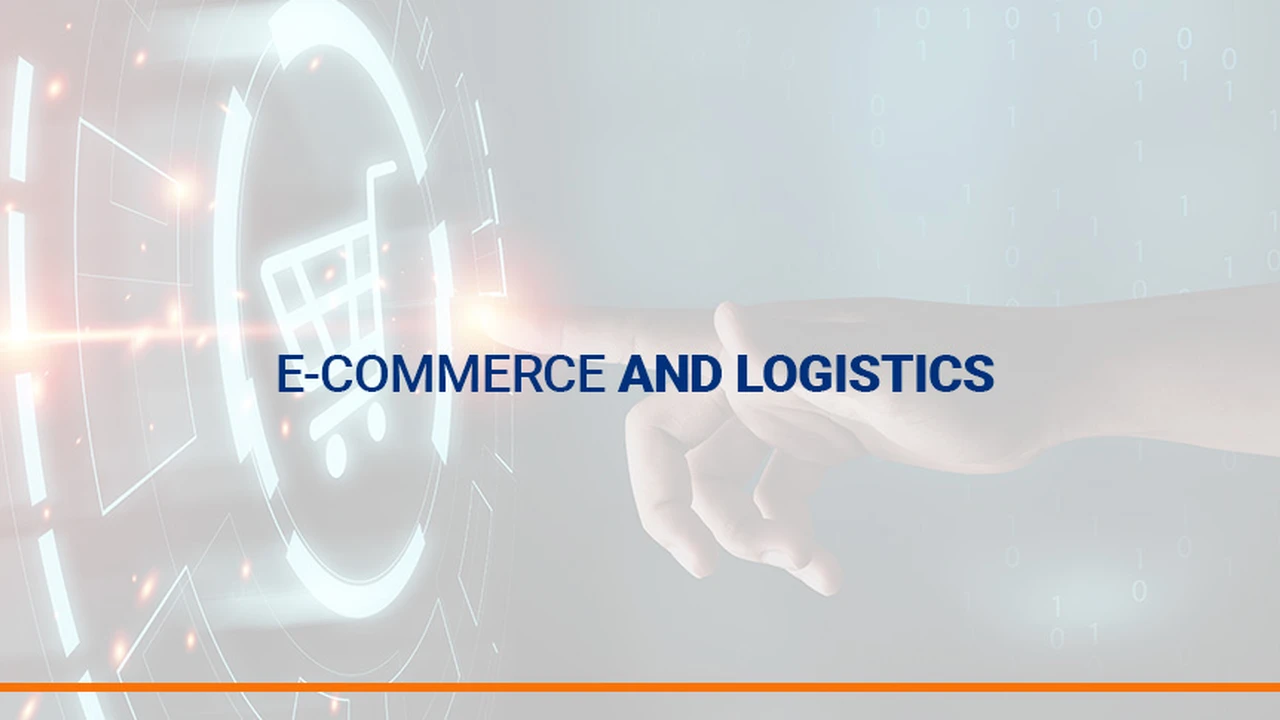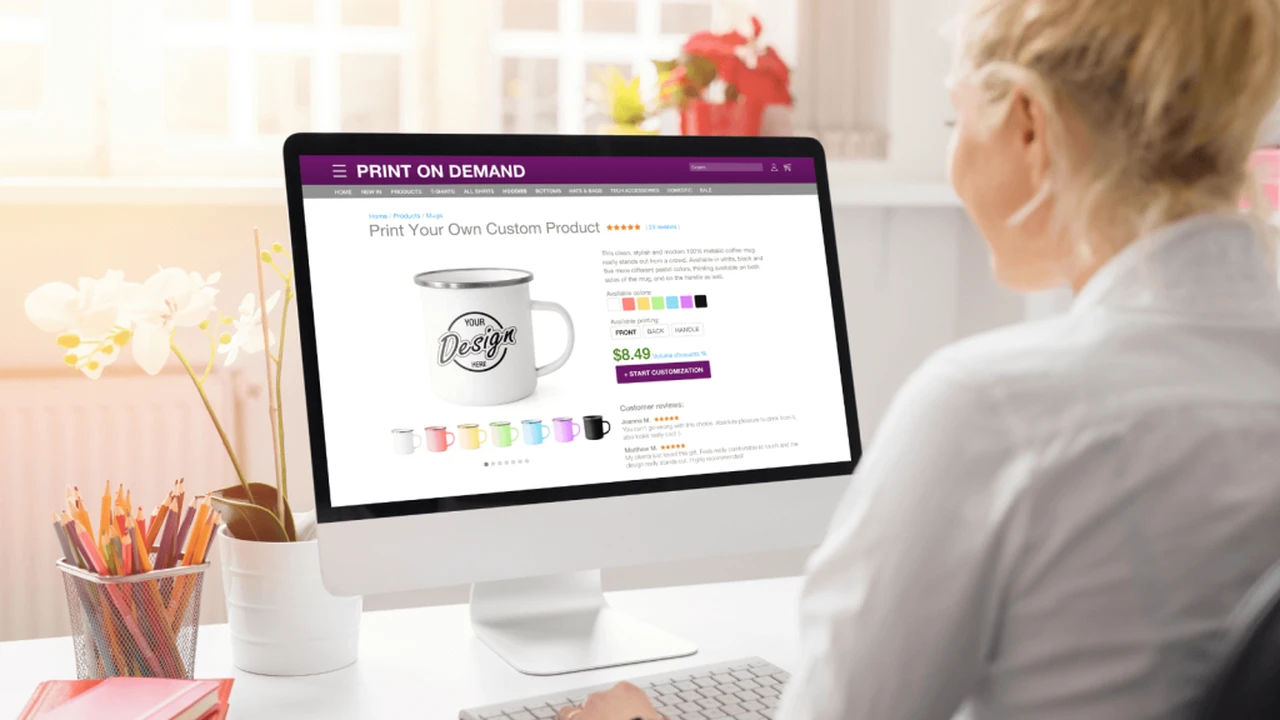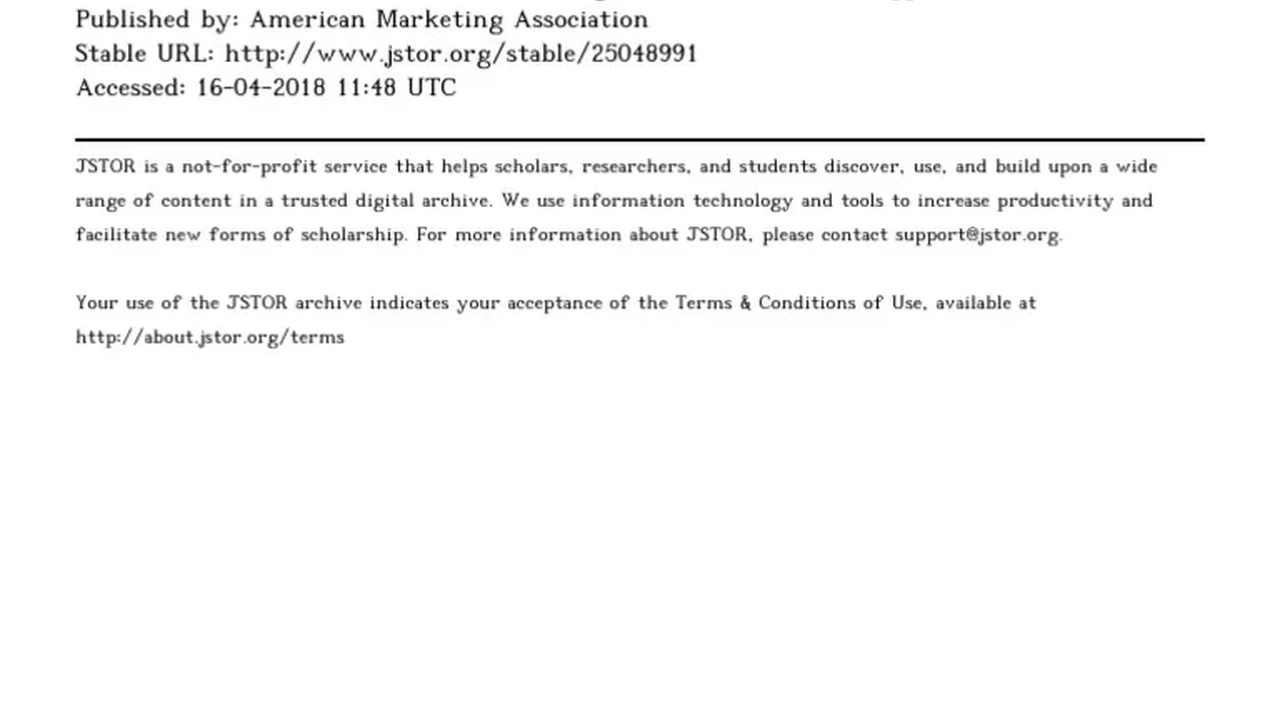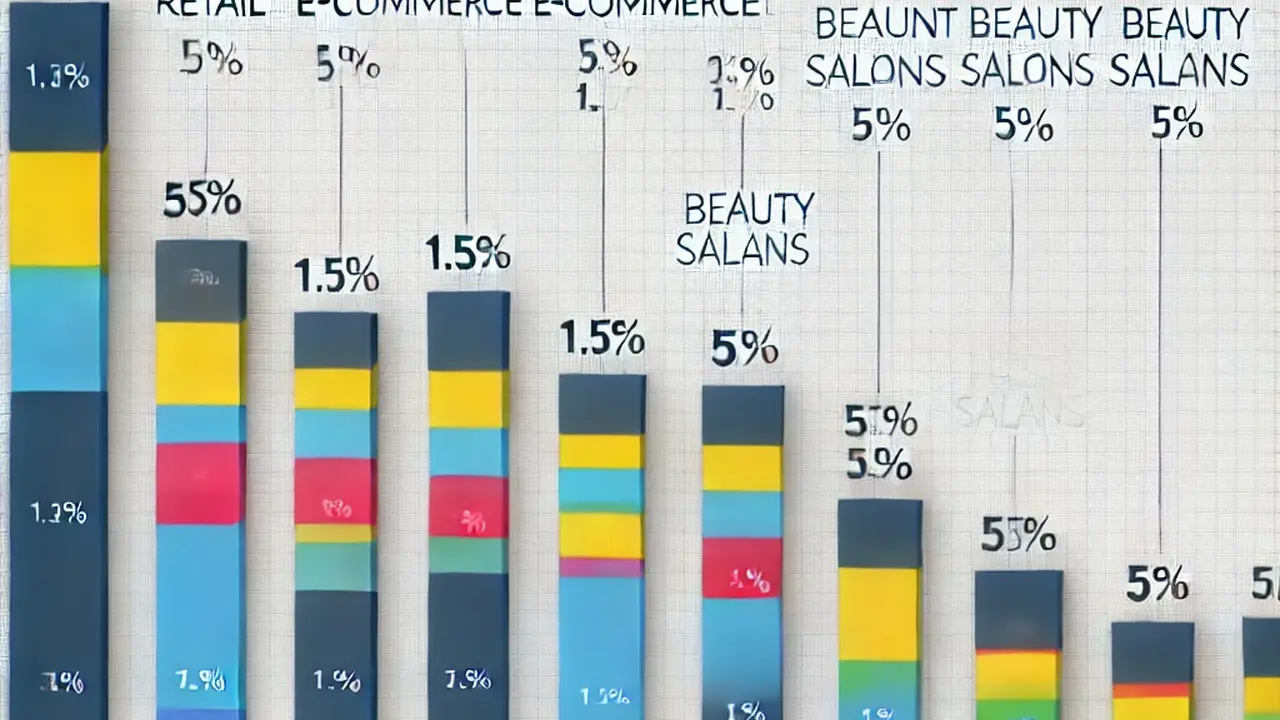The Role of Technology in Optimizing E-commerce Logistics in SEA & Mexico
Sample meta description.

E-commerce Logistics in Southeast Asia (SEA) & Mexico: An Overview
Hey everyone! Let's dive deep into the world of e-commerce logistics in two booming regions: Southeast Asia (SEA) and Mexico. These markets are exploding with potential, but navigating their unique logistical challenges can be a real headache. Forget smooth sailing – think bustling marketplaces, diverse regulations, and infrastructure that's, shall we say, *developing*. That's where technology comes in. It's not just a nice-to-have; it's the life raft keeping e-commerce businesses afloat (and profitable!).
We're talking about everything from optimized warehousing and real-time tracking to AI-powered route planning and automated customs clearance. Tech isn't just streamlining processes; it's fundamentally reshaping how goods move from seller to buyer in these dynamic environments.
The Pain Points: E-commerce Logistics Challenges in Emerging Markets
Before we get to the shiny tech solutions, let's acknowledge the hurdles. SEA and Mexico present unique logistical nightmares. Think:
- Fragmented Infrastructure: Uneven road networks, limited warehousing capacity, and inconsistent internet connectivity. It's not like shipping across continents on a well-oiled machine.
- Complex Regulations: Varying customs procedures, import/export restrictions, and local compliance requirements. Get ready for a paperwork mountain!
- Last-Mile Delivery Woes: Navigating dense urban areas, addressing remote rural locations, and dealing with unreliable address systems. Finding that door can be an adventure.
- High Shipping Costs: Fuel surcharges, import duties, and operational inefficiencies contribute to hefty shipping bills. Ouch!
- Lack of Transparency: Limited real-time tracking and visibility, making it difficult to monitor shipments and manage customer expectations. Where's my package?!
These challenges impact everything from delivery times and customer satisfaction to operational efficiency and profitability. But don't despair! Technology offers a path forward.
Tech to the Rescue: Optimizing E-commerce Logistics with Technology Solutions
Alright, let's talk solutions! Here are some key areas where technology is making a significant impact:
Warehouse Management Systems (WMS) for E-commerce Order Fulfillment
A WMS is the brain of your warehouse operation. It manages inventory, optimizes storage, automates picking and packing, and streamlines order fulfillment. Think of it as your warehouse's personal assistant, but way more efficient.
Product Recommendation: Fishbowl Inventory. It's a popular choice for small to medium-sized businesses, offering robust features like barcode scanning, inventory tracking, and shipping integration. It's priced competitively, making it accessible for growing e-commerce ventures. Expect to pay around $4,395 for a one-time license.
Scenario: Imagine you're selling handmade crafts on Etsy. As your business grows, manually tracking inventory becomes a nightmare. A WMS like Fishbowl helps you accurately track your stock, ensuring you don't oversell items and fulfilling orders quickly.
Comparison: Compared to cloud-based WMS solutions like NetSuite (which can be more expensive but offers broader ERP integration), Fishbowl is a more affordable and focused option for warehouse management. NetSuite's pricing varies widely, potentially reaching tens of thousands of dollars annually.
Transportation Management Systems (TMS) for E-commerce Delivery Optimization
A TMS helps you plan, execute, and optimize transportation routes, manage carriers, and track shipments in real-time. It's like having a logistics navigator guiding your deliveries.
Product Recommendation: ShipperHQ. It's a shipping rate management platform that integrates with popular e-commerce platforms like Shopify and Magento. It allows you to customize shipping rates based on factors like product weight, destination, and carrier. Pricing starts at around $50 per month.
Scenario: You're selling heavy furniture online. Shipping costs vary significantly depending on the destination and carrier. ShipperHQ allows you to accurately calculate shipping rates, preventing you from undercharging customers or absorbing unexpected costs. It also allows customers to choose their preferred shipping option, enhancing their experience.
Comparison: While ShipperHQ focuses on rate management, platforms like Descartes Aljex offer a more comprehensive TMS solution, including route optimization and carrier management. Descartes Aljex is typically targeted at larger logistics operations with more complex needs, and pricing is generally quote-based.
Real-Time Tracking and Visibility Solutions for E-commerce Order Tracking
Customers want to know where their packages are, period. Real-time tracking provides transparency and builds trust. It's like giving your customers a window into the delivery process.
Product Recommendation: AfterShip. It's a tracking platform that integrates with hundreds of carriers worldwide. It provides customers with real-time updates on their shipment status, reducing customer inquiries and improving satisfaction. Pricing starts with a free plan and scales up based on the number of shipments tracked, potentially reaching hundreds of dollars per month for high-volume businesses.
Scenario: You're selling electronics online. Customers are anxious to receive their expensive gadgets. AfterShip provides them with real-time tracking updates, reassuring them that their package is on its way and reducing anxiety about delivery delays.
Comparison: While AfterShip focuses on tracking, platforms like Project44 offer broader visibility solutions for the entire supply chain. Project44 is geared towards larger enterprises with complex supply chains and offers features like predictive ETAs and risk management. Pricing is typically quote-based and significantly higher than AfterShip.
Automated Customs Clearance Systems for E-commerce International Shipping
Dealing with customs can be a logistical nightmare. Automated customs clearance systems streamline the process, reducing delays and ensuring compliance. It's like having a customs expert on speed dial.
Product Recommendation: Zonos. It's a cross-border e-commerce platform that automates customs clearance, calculates duties and taxes, and manages compliance. It simplifies international shipping, allowing businesses to expand their reach without getting bogged down in paperwork. Pricing varies based on sales volume and features required, and is usually quote-based.
Scenario: You're selling clothing online and want to expand into Mexico. Zonos automates the process of calculating duties and taxes, ensuring compliance with Mexican regulations and preventing unexpected fees for your customers.
Comparison: While Zonos specializes in cross-border e-commerce, traditional customs brokers offer similar services. However, Zonos automates much of the process, making it more efficient and cost-effective for e-commerce businesses. The cost of using a traditional customs broker varies depending on the complexity of the shipment and the broker's fees.
AI-Powered Route Optimization for E-commerce Last-Mile Delivery
AI can analyze traffic patterns, weather conditions, and delivery schedules to optimize routes, reducing delivery times and fuel costs. It's like having a super-smart delivery driver planning the most efficient route.
Product Recommendation: Onfleet. It's a last-mile delivery management platform that uses AI to optimize routes, track drivers in real-time, and automate customer communication. It helps businesses improve delivery efficiency and customer satisfaction. Pricing starts at around $149 per month.
Scenario: You're running a food delivery service. Onfleet optimizes delivery routes based on order volume, driver availability, and traffic conditions, ensuring that deliveries are made quickly and efficiently, keeping food hot and customers happy.
Comparison: While Onfleet focuses on last-mile delivery, platforms like PTV Route Optimiser offer more advanced route optimization capabilities, including features like multi-stop routing and vehicle capacity planning. PTV Route Optimiser is typically used by larger logistics companies with complex delivery networks, and pricing is quote-based.
The Future of E-commerce Logistics in SEA & Mexico: What's Next?
The e-commerce landscape in SEA and Mexico is constantly evolving. As technology continues to advance, we can expect to see even more innovative solutions emerge. Think drone delivery, autonomous vehicles, and blockchain-based supply chain management. The future is bright, but it requires businesses to embrace technology and adapt to the changing landscape. So, stay tuned, keep learning, and get ready to ride the wave of e-commerce growth!
:max_bytes(150000):strip_icc()/277019-baked-pork-chops-with-cream-of-mushroom-soup-DDMFS-beauty-4x3-BG-7505-5762b731cf30447d9cbbbbbf387beafa.jpg)






